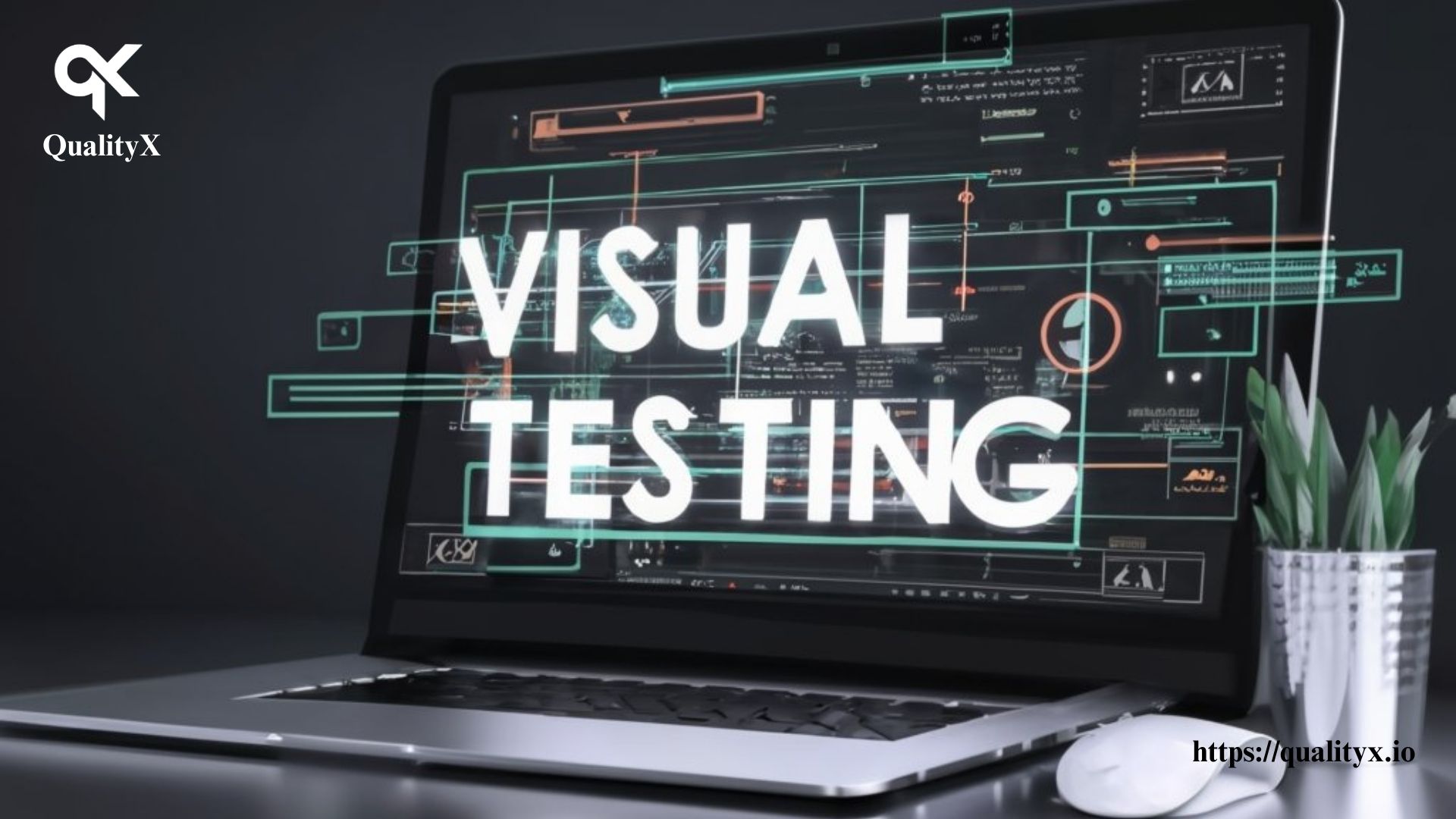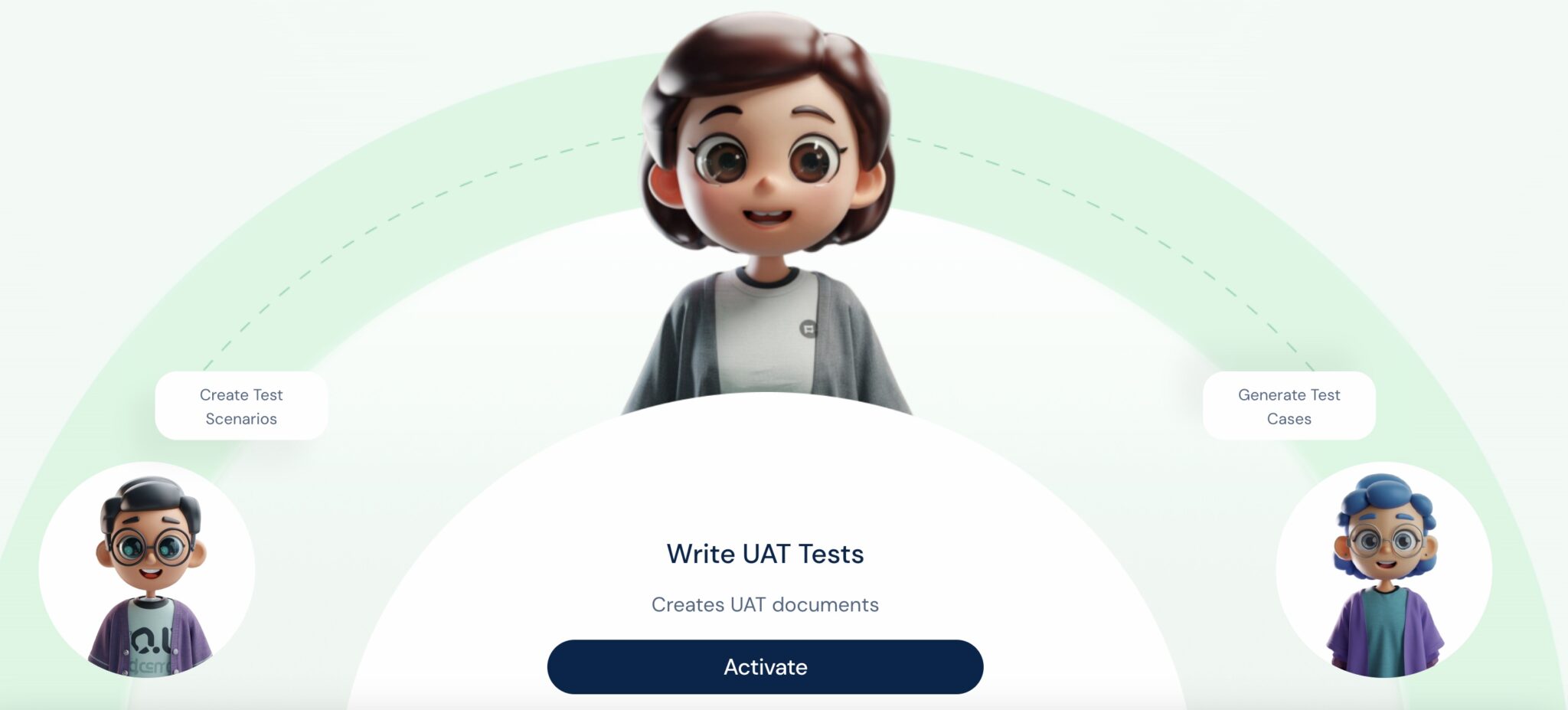Introduction
- Visual testing is an integral part of modern software quality assurance practices.
- It involves capturing, analyzing, and comparing images of a software application’s user interface to identify visual defects and inconsistencies.
- In today’s highly competitive digital landscape, where user experience is paramount, ensuring visual quality is crucial.
- Visual testing helps in achieving this goal by ensuring that the user interface meets design requirements, enhancing overall user experience, and detecting visual defects that traditional testing methodologies may miss.
Enhancing Software Quality Assurance with Visual Testing
- Software quality assurance has evolved significantly over the years. Initially, testing focused primarily on functionality and basic usability.
- However, as software complexity has increased and user expectations have grown, the need for comprehensive quality assurance has become evident.
- Software quality assurance encompasses a range of practices, including testing, validation, and verification, to ensure that the software meets the highest standards of quality.
- Visual testing plays a crucial role in this process by verifying the visual integrity of the application.
Understanding Visual Testing
- Visual testing involves a systematic process that includes capturing screenshots and visual elements of the software application and analyzing and comparing these images.
- The process can be broken down into two key steps: capturing and analyzing.
- Capturing screenshots and visual elements is done by using tools and frameworks that enable the generation of images of the application’s user interface.
- These tools provide the ability to capture screenshots at different stages of the application’s lifecycle, such as during development, testing, and production.
- Analyzing and comparing images is the next step in visual testing. This involves comparing the captured images against baseline images to identify any visual defects or inconsistencies.
- By analyzing and comparing the visual elements, testers can ensure that the application’s user interface is visually consistent across different scenarios and platforms.
- The benefits of incorporating visual testing into QA workflows are numerous.
- One of the key Advantages is the early identification of visual defects and inconsistencies.
- Through visual testing, QA teams can catch issues such as misaligned elements, inconsistent fonts, or color discrepancies early in the development process, minimizing the risk of deploying a flawed user interface to end-users.
- Another significant benefit of visual testing is the enhanced user and product quality.
- By ensuring that the visual elements of the application meet design requirements, visual testing contributes to a better overall user experience.
- A visually appealing and intuitive user interface helps in increasing user engagement and satisfaction.
- However, visual testing also presents challenges. Handling dynamic content and responsive designs can be complex.
- Visual testing frameworks must be capable of adapting to changes in the application’s layout and behavior.
- Additionally, image recognition complexities can arise when dealing with unique visual elements or complex scenarios.
- Overcoming these challenges requires a deep understanding of visual testing tools and techniques.
Implementing Visual Testing Frameworks and Tools
Several visual testing tools and frameworks are available in the market. Some popular ones include Selenium WebDriver, Applitools Eyes, and Percy. These tools provide features that facilitate the capture and comparison of screenshots, making visual testing more efficient.
- Selenium WebDriver, a widely adopted testing framework, allows testers to automate browser actions and capture screenshots of web applications. Its compatibility with multiple programming languages makes it a versatile tool for visual testing.
- Applitools Eyes takes visual testing to the next level by incorporating AI-powered image recognition algorithms. It provides the ability to perform automated visual regressions and anomaly detection, allowing testers to rapidly identify visual defects.
- Percy, on the other hand, is a visual review platform specifically designed for modern web applications. It offers a collaborative environment where teams can visually review changes made to their applications, ensuring that the visual integrity is maintained throughout the development process.
- Setting up a visual testing environment requires installing necessary dependencies and libraries. Depending on the chosen tool or framework, additional configurations may be needed to integrate visual testing into existing test frameworks. Proper setup ensures that visual testing can be seamlessly integrated into the software development process.
Choosing the Right Visual Testing Framework for Your Project
- When choosing a visual testing framework for your project, several considerations come into play. The framework must align with your project’s requirements and should be scalable to accommodate future growth.
- Scalability is a critical factor to consider. As your project evolves, the visual testing framework should be able to handle the increasing complexity of the application’s user interface. It should also support parallel testing and integration with continuous integration and delivery pipelines.
- Other factors to consider include the ease of use and the availability of support and documentation. A comprehensive evaluation of the different frameworks and tools should be conducted to select the one that best fits your project’s needs.
Best Practices for Visual Testing
- To maximize the effectiveness of visual testing, it is important to define a comprehensive visual testing strategy. This strategy should include identifying critical visual elements for testing, establishing baseline images for future comparisons, and prioritizing test cases based on visual impact.
- Integrating visual testing into the software development lifecycle is crucial. By incorporating visual testing into continuous integration and delivery pipelines, developers, designers, and testers can collaborate more effectively. This integration allows for faster feedback loops, early detection of visual defects, and a more streamlined development process.
- Managing and maintaining visual test suites is also important. It is necessary to regularly update and adapt the test suites to accommodate changes in the user interface. Test cases should be prioritized based on their visual impact, ensuring that critical visual elements are thoroughly tested.
Advancements and Future of Visual Testing
- The future of visual testing holds exciting possibilities. Automation with AI and machine learning capabilities is set to revolutionize visual testing. Visual regression algorithms and anomaly detection techniques will lead to more efficient and accurate detection of visual defects. Smart image comparison
- techniques will address complex scenarios, including those involving dynamic content and responsive designs.
- Moreover, the integration of visual testing with emerging technologies is expected to expand. Visual testing for mobile and responsive applications will become more sophisticated, considering the unique challenges posed by these platforms. Visual testing will also adapt to support virtual and augmented reality experiences, ensuring the visual integrity of immersive environments.
- Industry adoption of visual testing is on the rise, driven by successful implementations and case studies. Organizations across various sectors are recognizing the importance of visual quality assurance and investing in the necessary resources. However, challenges remain, and future research should focus on improving image recognition algorithms, addressing scalability concerns, and developing standardized practices.
Summary
- In this comprehensive guide, we explored the concept of visual testing and its significance in modernizing software quality assurance.
- We delved into the visual testing process, its benefits, and the challenges it presents. We discussed popular visual testing frameworks and tools and provided guidance on setting up a visual testing environment.
- Additionally, we explored best practices for implementing visual testing, including defining a strategy and integrating it into the software development lifecycle.
- Finally, we looked into the advancements and future of visual testing, covering automation with AI, integration with emerging technologies, and industry trends.
aiTest: A Closer Look
aiTest an all-in-one testing platform. This platform is designed to conduct comprehensive testing on your applications concurrently. It supports cross-browser and browser version testing, as well as functional and performance tests integrated with Analytics. Additionally, the platform incorporates automation features, including an LLM for effortless generation and testing of machine learning models and generating test data for the same. One-stop solution for continuous testing, integrating seamlessly with CI/CD pipelines. With support for multiple languages and specialized testing for AI/ML services, aiTest empowers organizations to speed up their release cycles while ensuring quality and reliability.


